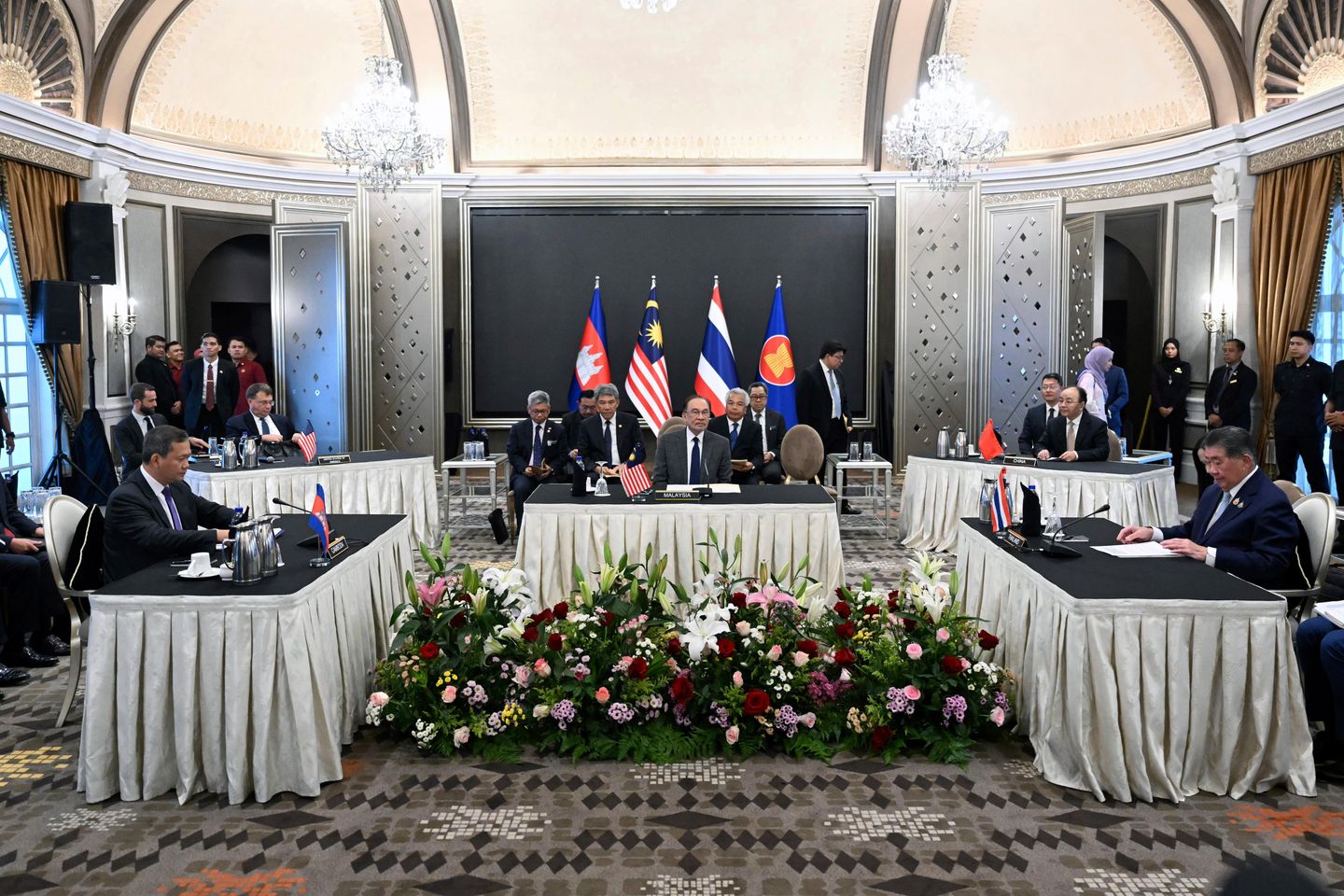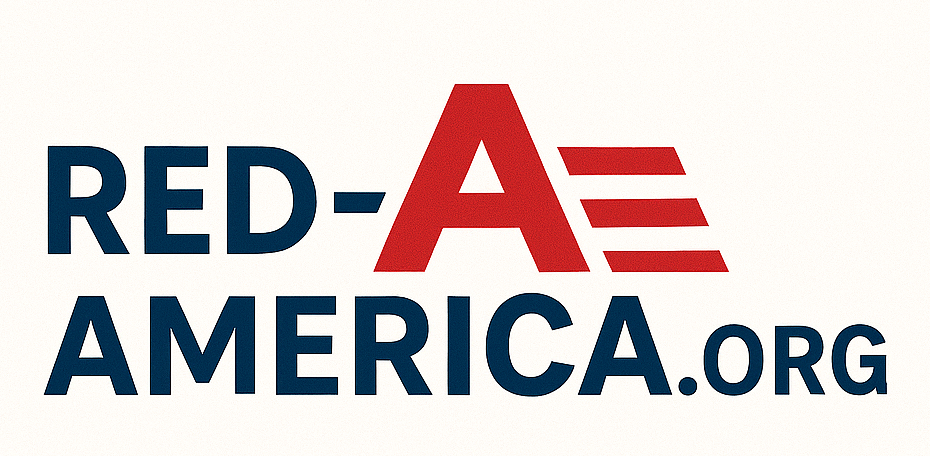
BANGKOK, Thailand — U.S.-armed Thailand and Chinese-aided Cambodia, both under tariff pressure from U.S. President Trump, agreed to an “immediate and unconditional ceasefire” on Monday after aerial bombardments and cross-border artillery killed at least 36 people in five days of the bloodiest fighting in a decade along their disputed border in the heart of Southeast Asia.
Before the ceasefire was signed, the border was rocked throughout the morning by explosions that Cambodia blamed on Thai artillery and F-16 fighter jets rocketing sites inside Cambodia.
But Thailand’s military said Cambodia launched Soviet-era, truck-mounted, multi-rocket artillery at Thai forces, who returned fire.
One villager was killed in a Cambodian rocket attack and several Thai soldiers suffered wounds from scattered gunfights, the military said.
In the afternoon, Thailand’s Acting Prime Minister Phumtham Wechayachai and Cambodian Prime Minister Hun Manet met Malaysian leader Anwar Ibrahim who hosted the peace talks in Kuala Lumpur, Malaysia’s capital, alongside diplomats from the U.S. and China in the same room.
Within hours, Mr. Phumtham and Mr. Manet agreed to an unconditional ceasefire.
Together with Mr. Anwar, the three men held their six hands in a cluster of solidarity while posing for the media. They refused to answer journalists’ questions.
“The prime ministers of Cambodia and Thailand express willingness of an immediate ceasefire and return to normalcy,” Mr. Anwar said.
“This is a vial first step to a de-escalation and a restoration of peace and security,” the Malaysian leader said.
In Washington, D.C., White House press secretary Karoline Leavitt posted news of the ceasefire on X and wrote: “President Trump made this happen. Give him the Nobel Peace Prize!”
In a press statement, U.S. Secretary of State Marco Rubio, who was involved in arranging the meeting, applauded the ceasefire declaration. Mr. Rubio said he and Mr. Trump “are committed to an immediate cessation of violence and expect the governments of Cambodia and Thailand to fully honor their commitments to end this conflict.”
Mr. Phumtham said after his return to Bangkok that Mr. Trump had called to offer congratulations for making a move toward peace and said that Thailand’s talks with Washington to set tariff levels on Thai exports could now proceed and that he would seek to make them as favorable as possible.
The ceasefire will “provide a lot of opportunities for hundreds of thousands of people on both sides to return to normalcy,” Mr. Hun Manet said.
More than 200,000 people fled the artillery duels, sheltering elsewhere, often in squalid conditions cooking food over open fires and huddling under canvas against intermittent monsoon rains.
It was time to “start rebuilding trust and confidence going forward between Cambodia and Thailand,” Mr. Hun Manet said, according to the British Broadcasting Corporation.
His Thai counterpart Mr. Phumtham said Bangkok negotiated “in good faith” to bring peace.
Mr. Trump and the Chinese government received public thanks from Mr. Phumtham and Mr. Hun Manet for supporting the meeting.
The U.S. arms and trains Thailand’s military which is a non-NATO ally. Thailand flew its U.S. F-16 warplanes and Swedish jet fighters across the frontier and repeatedly bombed Cambodia during the five-day border feud.
China assists Cambodia’s development projects, investments and infrastructure and offers some military training and weaponry, but there was no confirmation of Chinese weapons being used by either side.
Cambodia’s main weapon was its antiquated Soviet BM-21 artillery which delivered unguided warheads into seemingly random targets on Thai soil including a hospital, a 7-Eleven convenience store, homes and other buildings, resulting in 13 civilian casualties.
As part of the ceasefire, Thai and Cambodian military commanders will have an “informal meeting” on Tuesday, followed by a briefing among defense attaches from Bangkok and Phnom Penh and Mr. Anwar as chair of the Association of Southeast Asian Nations, a diplomatic grouping of Brunei, Cambodia, Indonesia, Laos, Malaysia, Myanmar, Philippines, Singapore, Thailand and Vietnam.
On Aug. 4, Bangkok and Phnom Penh will determine the status of the ceasefire and related border issues at a Thailand-Cambodia Joint Boundary Commission meeting in Cambodia.
Mr. Trump linked the ceasefire agreement to the possibility of discussing the high U.S. import taxes he imposed on exports from Thailand and Cambodia, and he emphasized that peace came first.
Despite the ceasefire, it remains to be seen how the two Buddhist-majority countries deal with their border dispute which depends on the veracity of 100-year-old French colonial maps that appear to favor modern Cambodia, a former French colony.
Even more alienating, the two sides disagree on where to discuss demarcating their 500-mile-long curved border and who will judge.
Cambodia wants the International Court of Justice in the Hague, Netherlands, to confirm or void the maps and other documentation that includes the location of a handful of ancient Hindu temple ruins in the jungle.
The revered ruins, nearby steep cliffs and snaking border are contested by both sides.
Thailand opposes the Hague’s court because it twice ruled in Cambodia’s favor and gave Phnom Penh ownership of the prized Preah Vihear temple’s toppled stones and surrounding vicinity.
Bangkok says the border line can be decided only by a bilateral meeting at the JBC with Phnom Penh.












